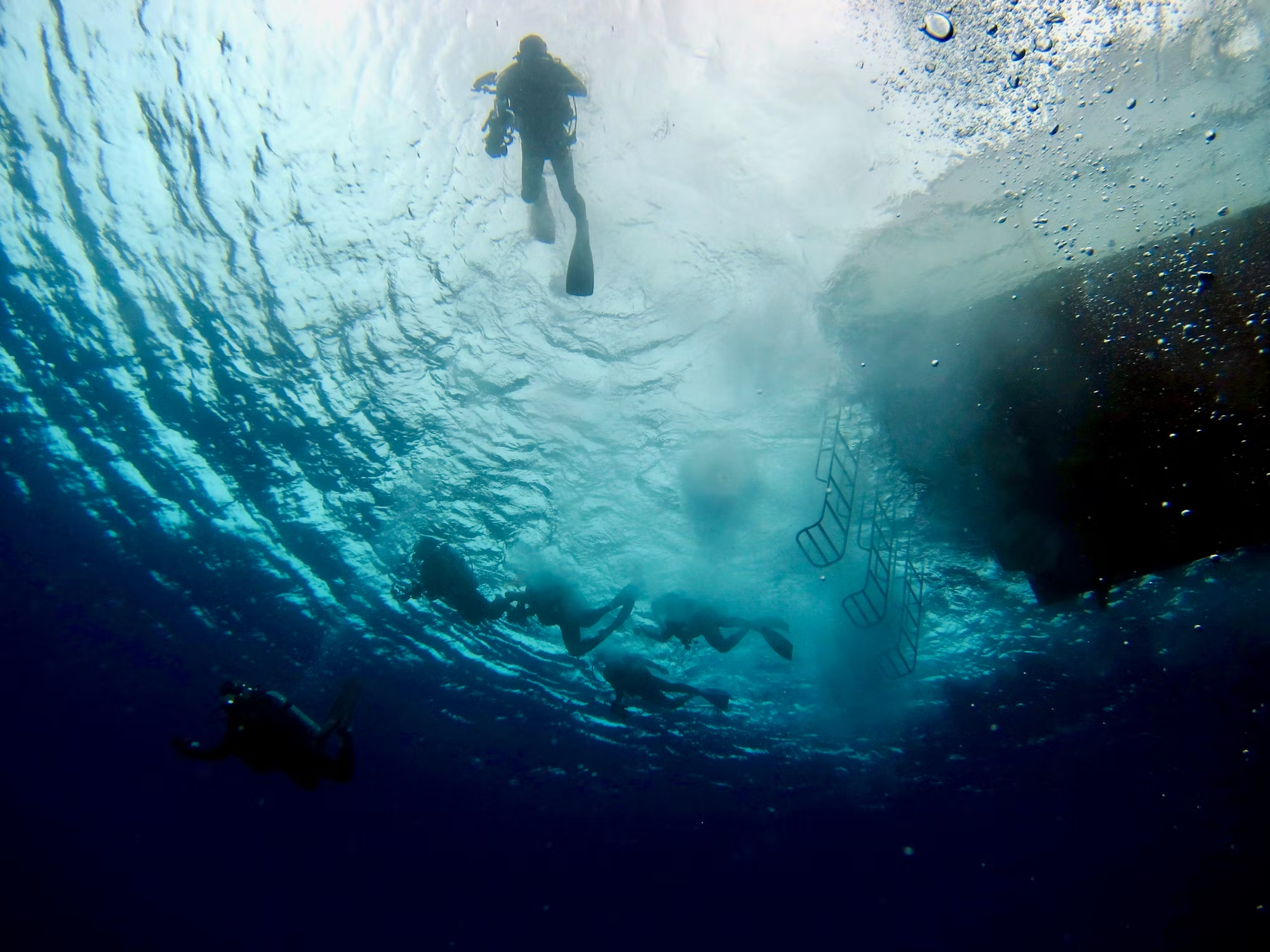Diving is an adventure that transcends the ordinary, allowing individuals to explore the magnificent realms beneath the surface of oceans, lakes, and rivers. This guide delves into the various disciplines of diving, each offering unique experiences and opportunities for exploration. From the vibrant marine life of coral reefs to the mystique of underwater caves, this article will illuminate the diverse facets of diving and the incredible adventures that await.
At the heart of underwater exploration is scuba diving, a popular and accessible form that empowers individuals to breathe underwater using a self-contained underwater breathing apparatus. Aspiring divers often begin their journey with a certification course, where they learn essential skills such as buoyancy control, underwater navigation, and safety protocols. These foundational lessons not only ensure safety but also build confidence, allowing divers to fully enjoy their underwater experiences.
Scuba diving opens the door to breathtaking destinations around the globe. Iconic locations such as the Great Barrier Reef, the Galápagos Islands, and the vibrant coral gardens of the Caribbean are among the most sought-after dive sites. Each destination offers a unique glimpse into underwater ecosystems, where divers encounter a rich tapestry of marine life, from colorful fish and corals to majestic creatures like dolphins and sea turtles. The thrill of exploring these underwater worlds fosters a profound appreciation for the beauty and diversity of life beneath the waves.
As divers gain experience and confidence, many opt to explore the realm of technical diving, which allows them to venture into more challenging underwater environments. This discipline encompasses a variety of activities, including cave diving, wreck diving, and deep diving, each requiring specialized training and equipment. The allure of technical diving lies in the opportunity to explore sites that are often less accessible and filled with mystery.
Wreck diving, for example, offers divers a chance to explore sunken ships and airplanes, revealing the history and stories of these vessels while providing a habitat for diverse marine life. Each wreck dive is a journey into the past, allowing divers to connect with history and appreciate the role these underwater structures play in the ecosystem.
Freediving is another captivating discipline that emphasizes the connection between the diver and the ocean. In freediving, individuals rely solely on their ability to hold their breath while exploring underwater, fostering a deep sense of calm and mental focus. This practice encourages divers to embrace a meditative state, enhancing their awareness of the underwater environment. The simplicity of freediving makes it accessible to many, and its beauty lies in the unencumbered experience of gliding through water.
Competitive freediving has gained popularity, with various disciplines such as static apnea—where divers hold their breath for extended periods while remaining still—and dynamic apnea, which involves swimming distances underwater without breathing. These competitions showcase remarkable human capabilities and highlight the importance of breath control and mental discipline. Freediving can be both a sport and a form of artistic expression, as divers capture the fluidity of their movements and the serenity of underwater exploration.
For those who seek a more relaxed introduction to the underwater world, snorkeling is an excellent option. With minimal equipment—a mask, snorkel, and fins—snorkeling allows individuals to float on the surface and observe marine life without extensive training. This accessibility makes snorkeling a popular family activity, enabling participants of all ages to experience the beauty of underwater ecosystems.
Popular snorkeling locations, such as the crystal-clear waters of Hawaii and the vibrant reefs of Belize, offer stunning views of colorful fish, corals, and the delicate interplay of light and water. As snorkelers glide across the surface, they often find themselves mesmerized by the vibrant underwater world below. This gentle introduction can inspire many to pursue further training in scuba diving, igniting a passion for exploring deeper underwater realms.
Beyond recreational diving, commercial diving plays a crucial role in various industries. Commercial divers are trained to perform essential tasks such as underwater welding, inspection of marine structures, and environmental monitoring. This type of diving requires specialized skills and equipment, as divers often work in challenging conditions and must follow strict safety protocols. The work performed by commercial divers is vital for infrastructure development and scientific research, showcasing the versatility of diving as a profession.
Underwater photography and videography also represent an exciting aspect of diving. Many divers feel compelled to document their underwater adventures, capturing the breathtaking beauty of marine life and underwater landscapes. With the rise of accessible underwater cameras, divers can share their experiences through stunning visuals, raising awareness about marine conservation and the importance of protecting our oceans.
Cave diving is an adventurous discipline that requires specialized training to navigate the intricate and often confined spaces of submerged cave systems. This type of diving demands excellent navigation skills and a commitment to safety, as divers explore hidden underwater realms characterized by stunning geological formations and unique ecosystems. The beauty of cave diving lies in the exploration of these hidden environments, where divers encounter awe-inspiring formations and a sense of solitude.
Ice diving offers a unique perspective on underwater exploration, allowing divers to discover the serene beauty of environments beneath frozen surfaces. This discipline requires specialized equipment to manage cold temperatures and icy conditions. Ice divers create access holes in the ice, revealing tranquil underwater landscapes often populated by unique marine life adapted to colder environments. The calm and clarity of the water beneath the ice create an enchanting experience, making ice diving a memorable adventure.
Night diving adds a captivating dimension to underwater exploration, revealing a different side of the ocean after dark. Equipped with underwater lights, divers can observe nocturnal marine life and the mesmerizing phenomenon of bioluminescence, which illuminates the ocean in a magical way. Night diving offers a unique opportunity to witness the vibrant activities of marine creatures that thrive in darkness, enhancing appreciation for the diverse ecosystems that exist beneath the surface.
Ultimately, diving encompasses a broad spectrum of disciplines, each offering its own unique challenges and rewards. Whether exploring the vibrant ecosystems of coral reefs, navigating the intricate passages of underwater caves, or observing the remnants of historic shipwrecks, diving invites individuals to uncover the mysteries of the underwater world. Through their adventures, divers foster a deeper connection with the ocean and contribute to the conservation of marine environments, ensuring that the beauty and wonder of the underwater world can be appreciated for generations to come.
Diving is not merely a recreational activity; it is a journey of discovery, appreciation, and adventure. By embracing the beauty and thrill of underwater exploration, divers become advocates for marine conservation, ensuring that the wonders of the ocean are preserved for future generations. So grab your gear, take the plunge, and let the ocean unveil its secrets, transforming your understanding of the world beneath the waves.





